It was an attack against freedom of expression, and the world is rallying against it.
Gunmen had stormed the Paris office of satirical magazine Charlie Hebdo on Jan 7, killing 12 people in what appears to be a religiously-motivated terror attack.
Charlie Hebdo has regularly courted controversy due its cartoons, which lampoons political and religious matters.
People around the world have nevertheless rallied behind the magazine and its fallen staff. They have gathered in cities everywhere, standing in solidarity while holding signs with the now iconic message: “Je Suis Charlie” — I am Charlie.
These are photos from all those gatherings, including some in Paris where the gunmen are still at large. But the message the people have sent is clear — we will not be terrorised into silence, and we will stand with those who have suffered for doing the same.
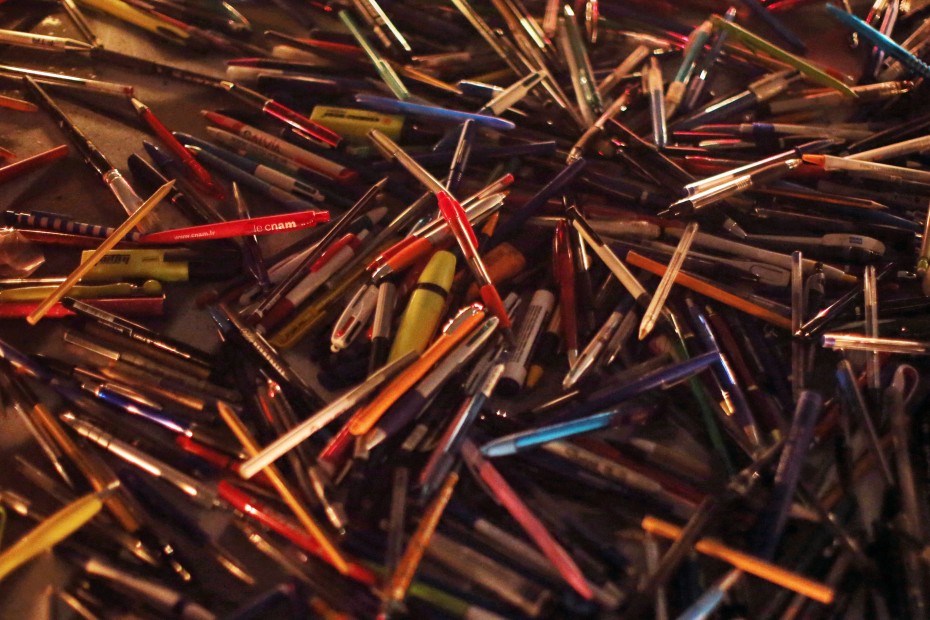
An image to inspire journalists and cartoonists for generations. Taken at Place de la Republique in Paris. — Photo by EPA
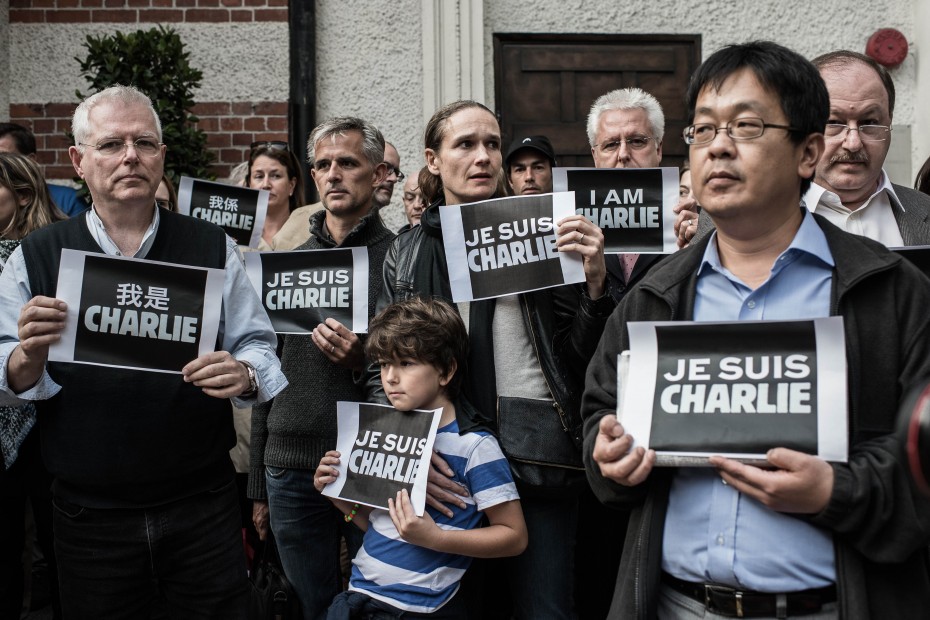
Mandarin and Cantonese versions were printed in Hong Kong, where journalists and members of the public stood in solidarity outside the Foreign Correspondent Club. — Photo by AFP
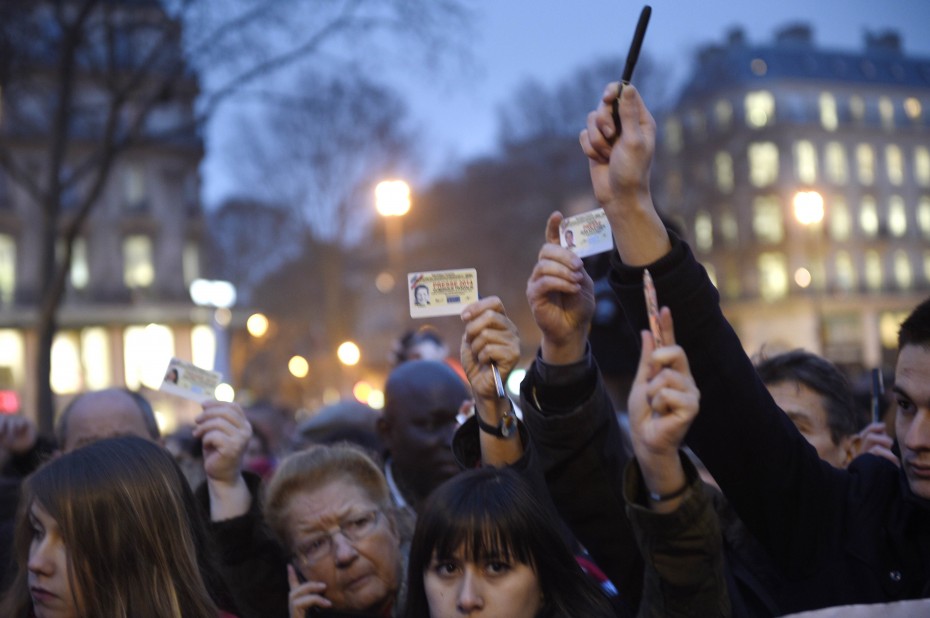
Journalists raising their press cards while others hold up pens at Place de la Republique. — Photo by AFP
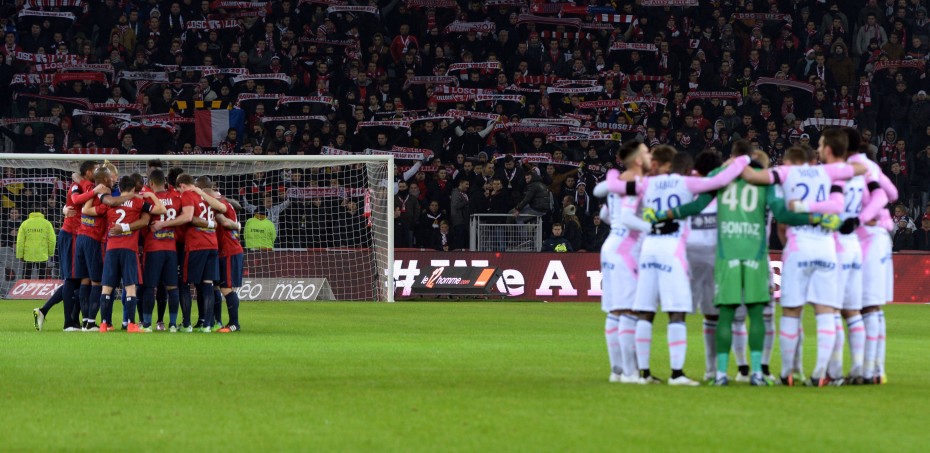
At a football match between French clubs Evian and Lille, where a minute’s silence was observed. — Photo by AFP
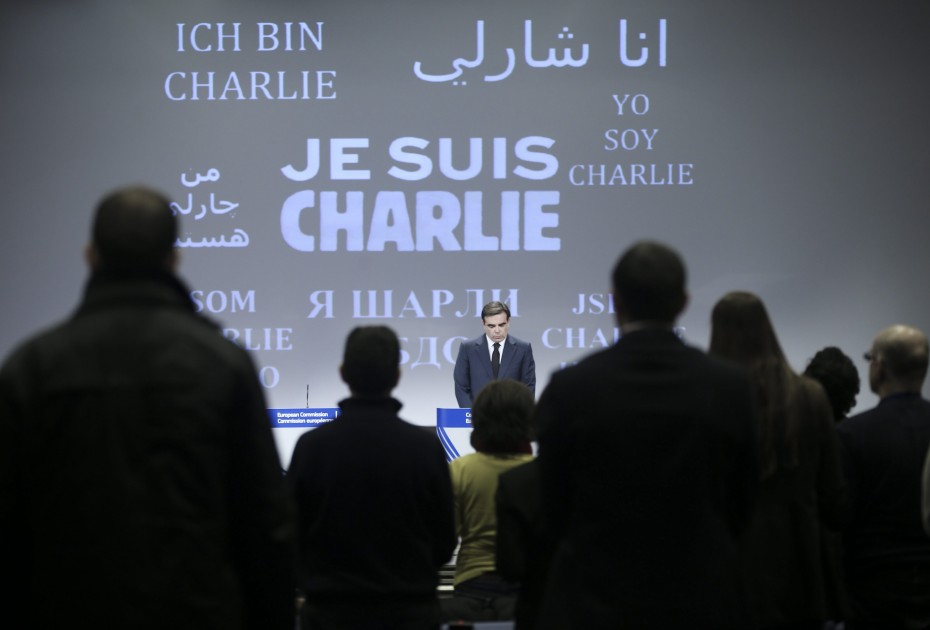
“Je Suis Charlie” displayed in several languages during a minute of silence at the main press room of the European commission in Brussels, Belgium. — Photo by EPA
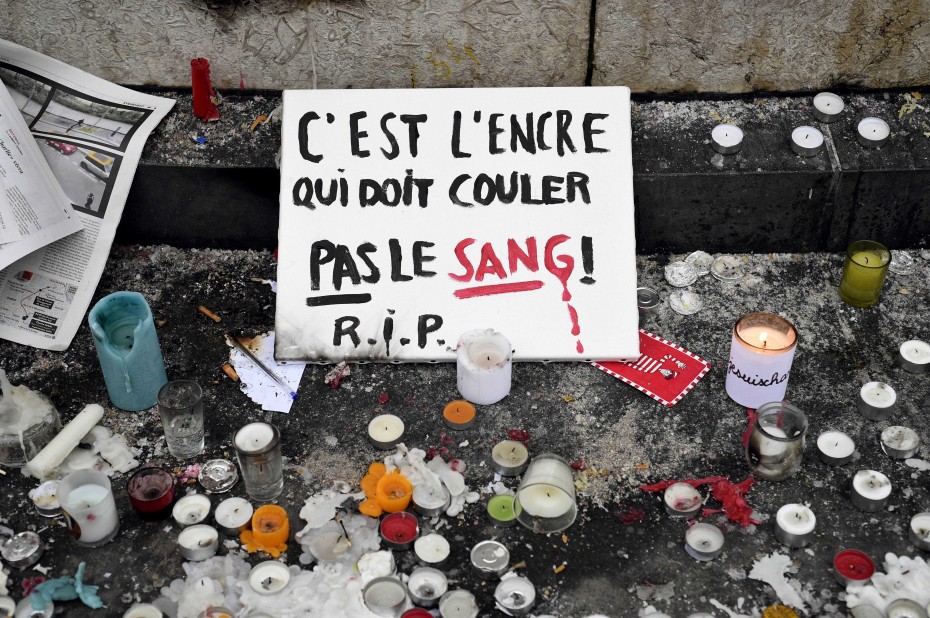
“It’s ink that should flow not blood!” A sign at the centre of Place de la Republique. — Photo by AFP
Images on social media
.@afp Staff observe minute of silence at #AFP headquarters for the victims of #CharlieHebdo #JeSuisCharlie pic.twitter.com/noUJJiScxd
— AFP Photo Department (@AFPphoto) January 8, 2015
The staff of Agence France Presse stand in silence & solidarity to remember their murdered colleagues. #JeSuisCharlie pic.twitter.com/jgQOVlPOKV
— Louise Brealey (@louisebrealey) January 8, 2015
#JeSuisCharlie: Vigil held at Newseum for victims of deadly shooting attack in France http://t.co/9c3haiedJd pic.twitter.com/VhlRug2Ckq — FOX 5 DC (@fox5newsdc) January 8, 2015
Der BILD-Newsroom. #JeSuisCharlie pic.twitter.com/soBe9HP3be — BILD (@BILD) January 8, 2015
Headquarters of @welt and @BILD in Berlin. #JeSuisCharlie pic.twitter.com/ZsxHuTxcMj
— Charles Hawley (@charles_hawley) January 8, 2015
A sea of #JeSuisCharlie signs held by French nationals in Sydney for #CharlesHebdo victims. pic.twitter.com/YC6rpzAyiZ — Mohamed Taha (@Mo_Taha1) January 8, 2015
Minute of silence outside the European Parliament for the victims #Charliehebdo #JeSuisCharlie with @MartinSchulz pic.twitter.com/qE6EwmWp5e — Guy Verhofstadt (@GuyVerhofstadt) January 8, 2015
“They wanted to bring France to her knees, instead they made her stand up” by @dijibe #JeSuisCharlie pic.twitter.com/1LwquxMDGA
— Florian Paulmier (@FlorianP123) January 8, 2015
Incredible images out of France tonight as thousands rally to say they are “not afraid” #CharlieHebdo (pics via @AP) pic.twitter.com/6ZPjaHqvwD
— Oliver Darcy (@oliverdarcy) January 8, 2015

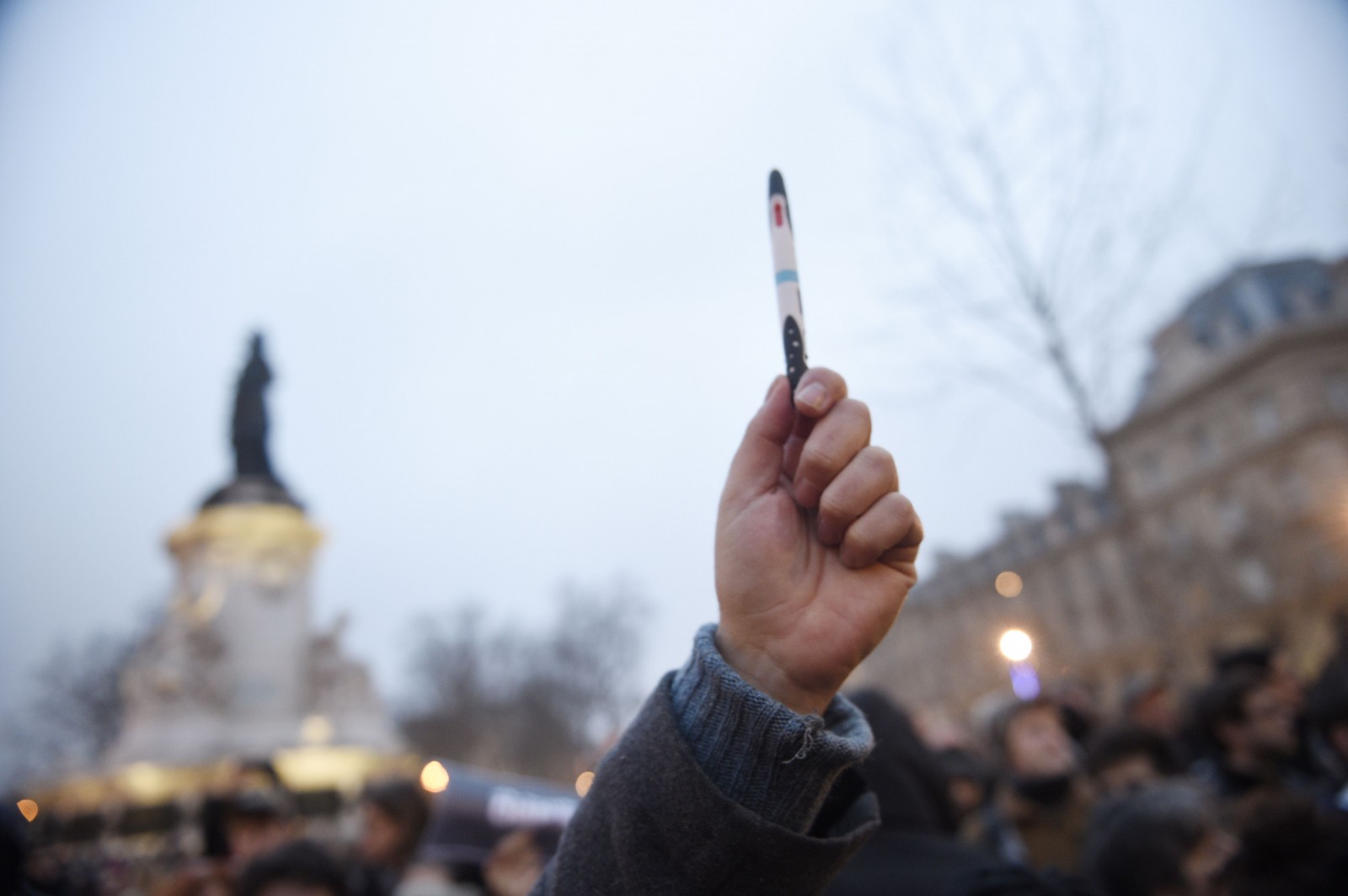
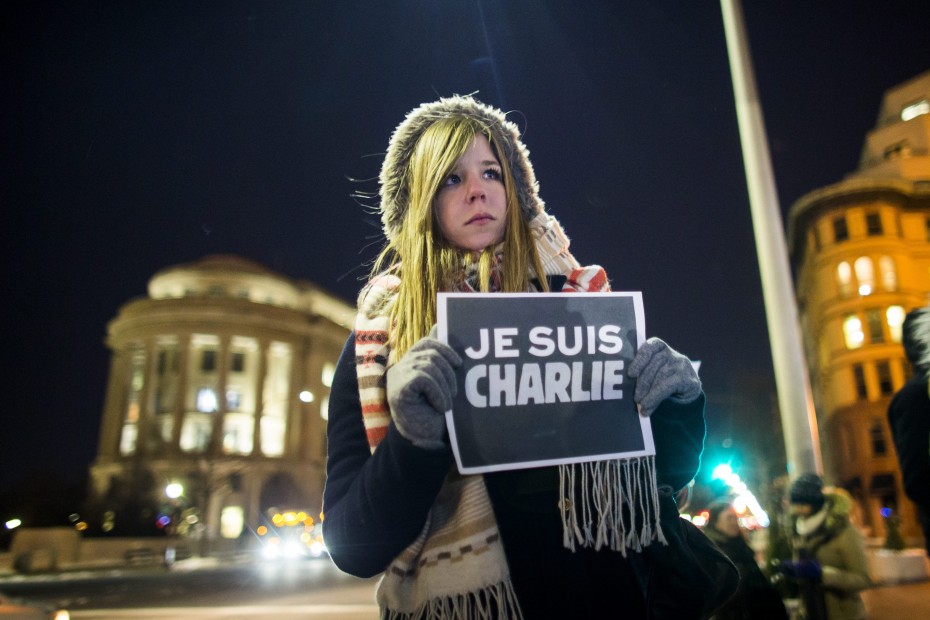
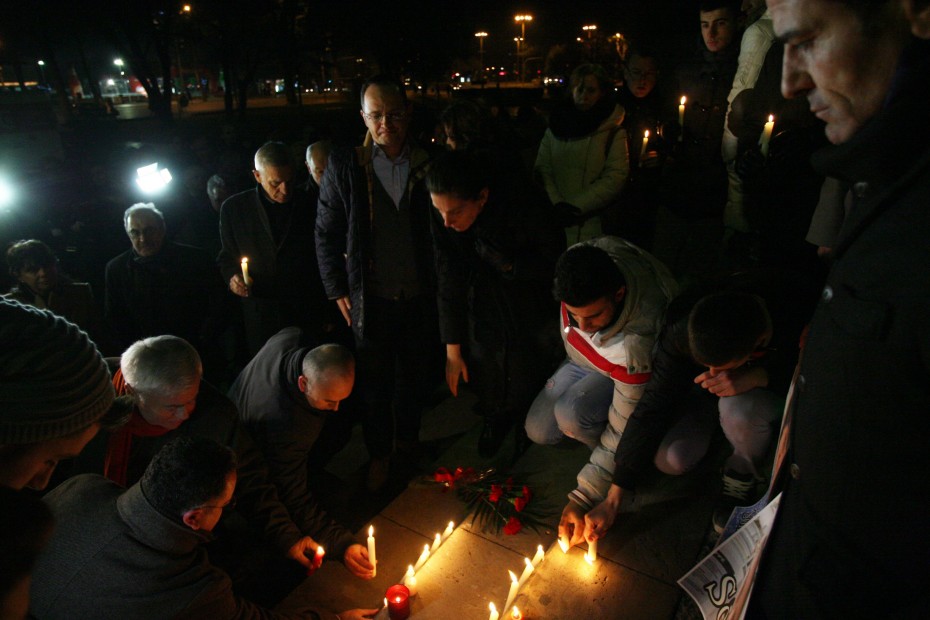
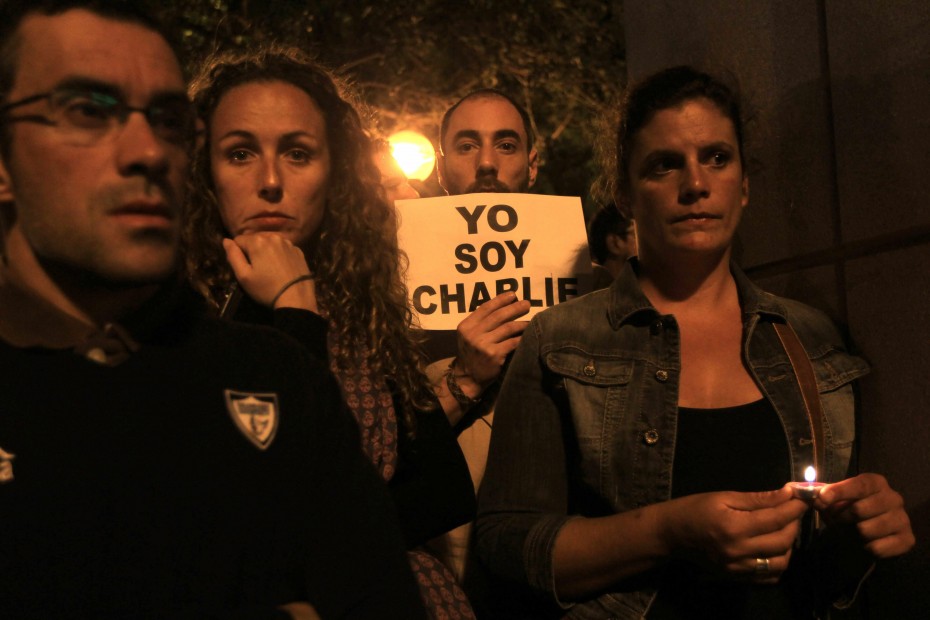
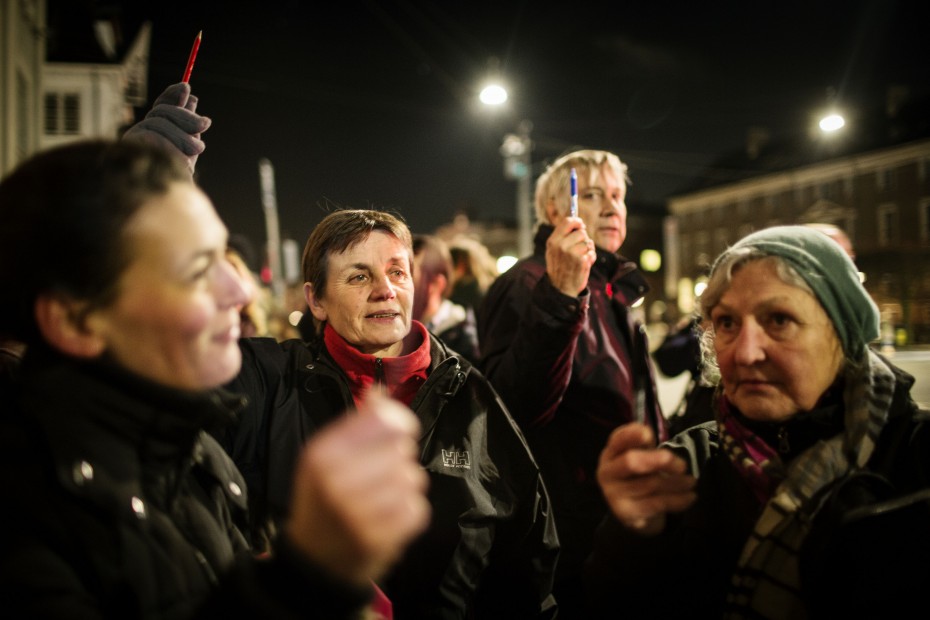
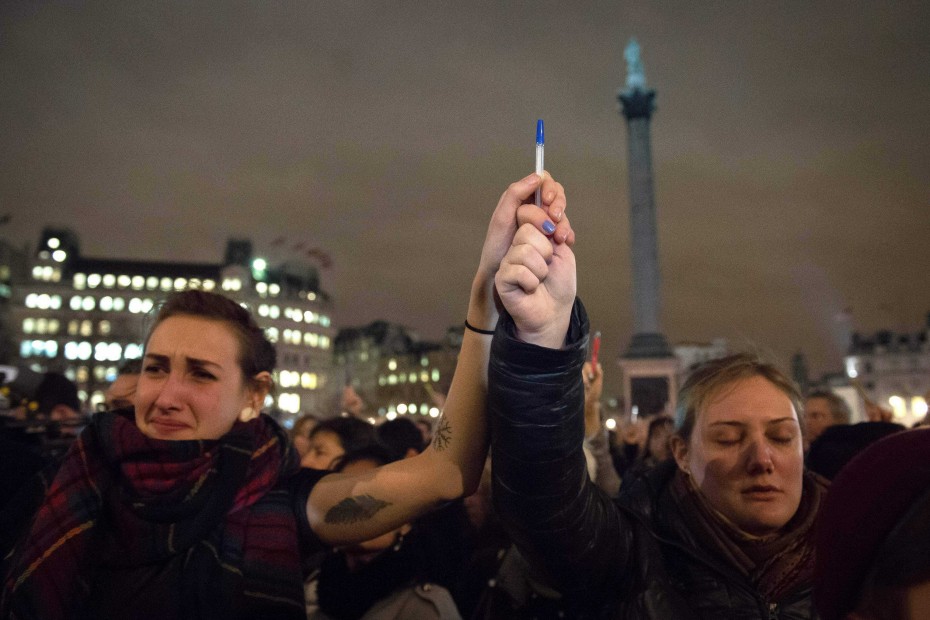
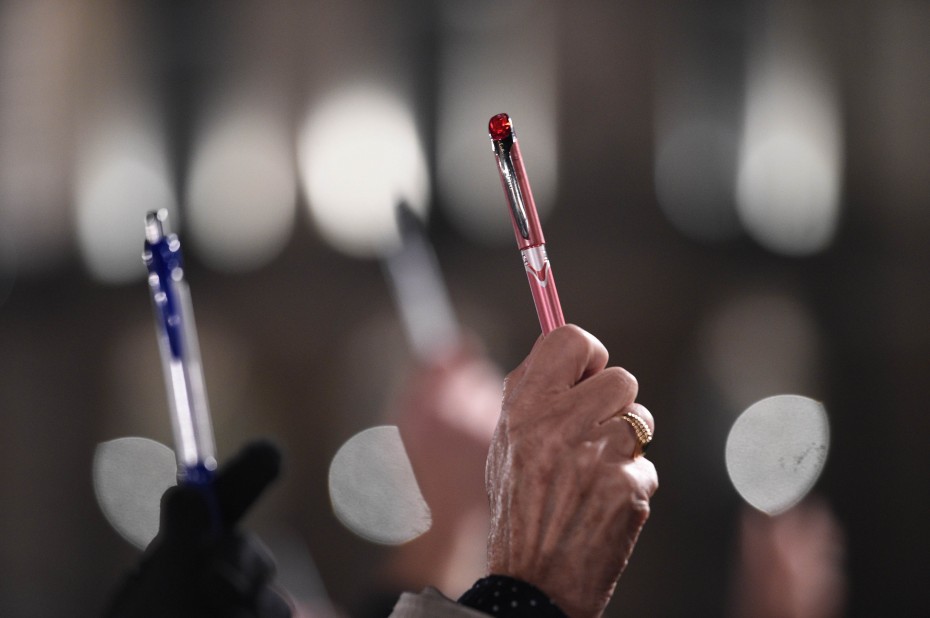
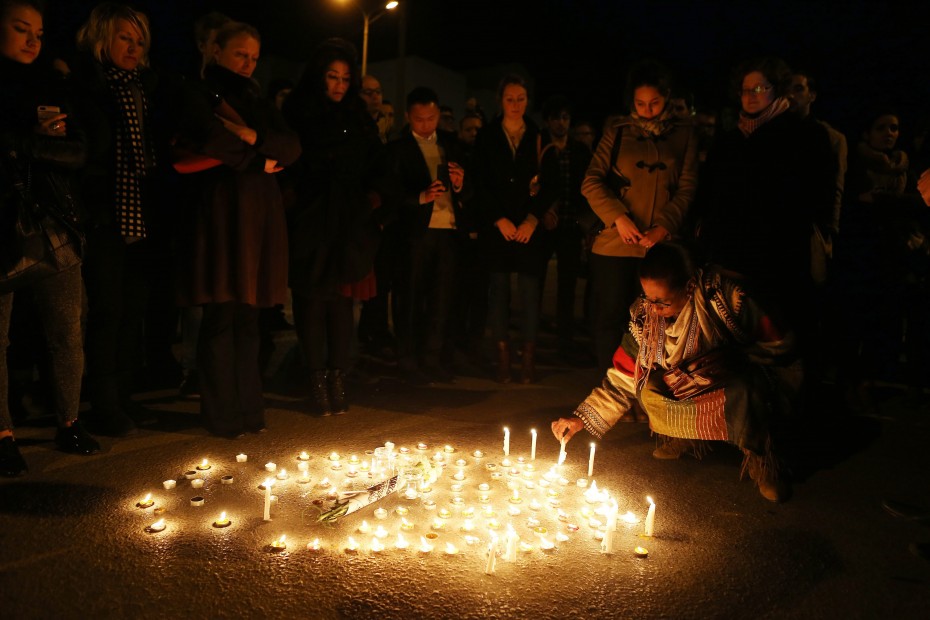
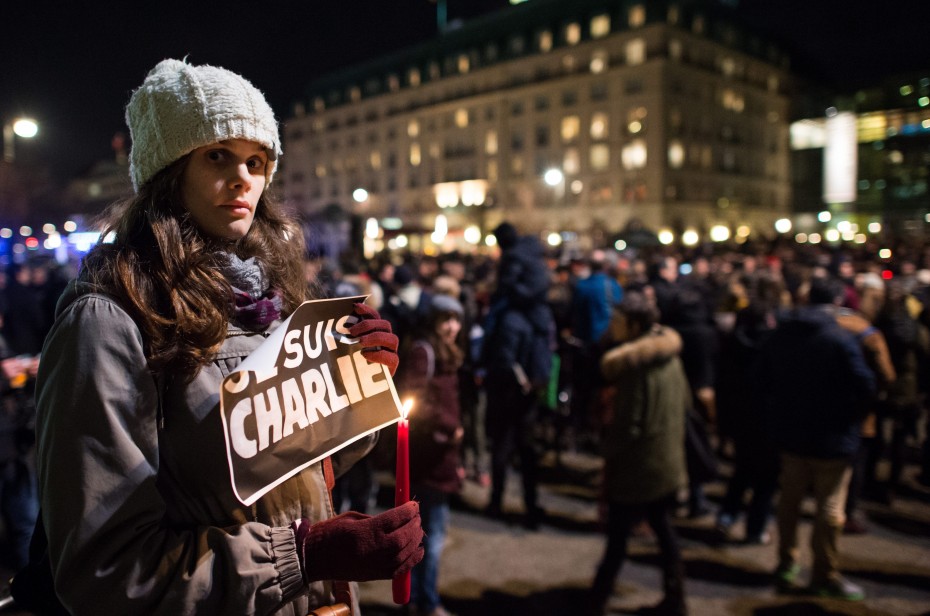
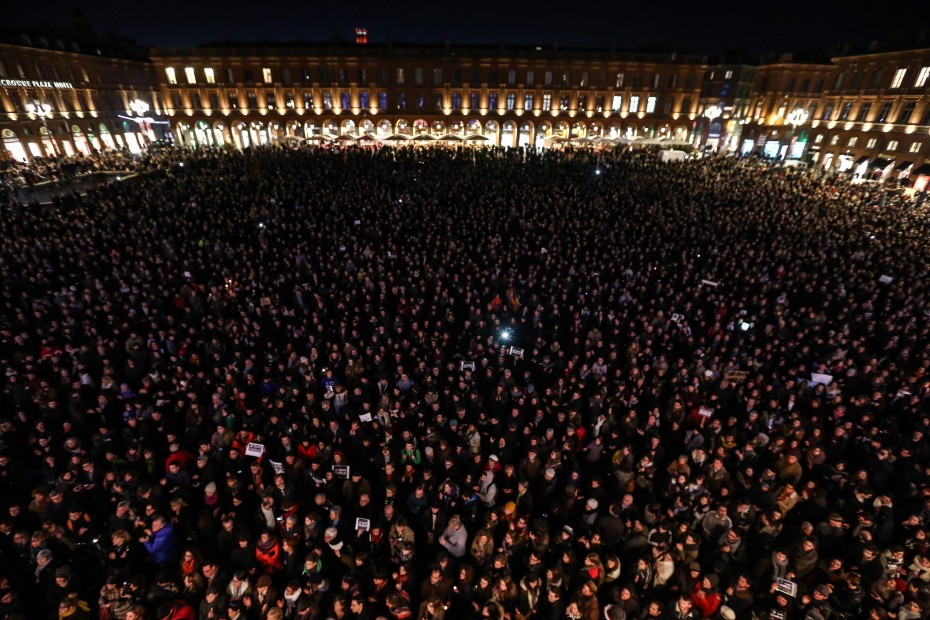

Tell us what you think!